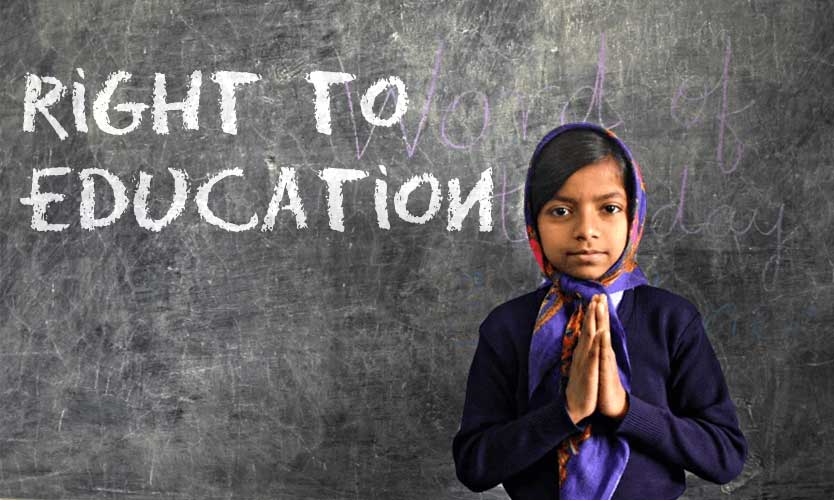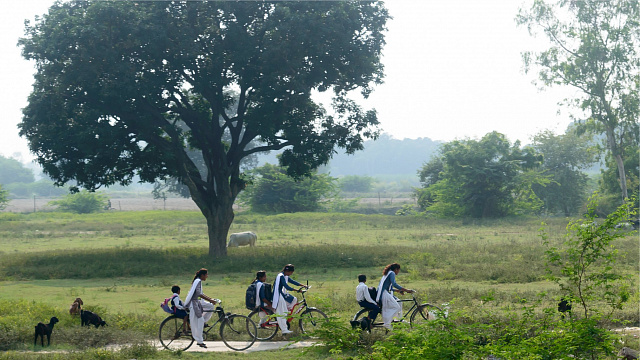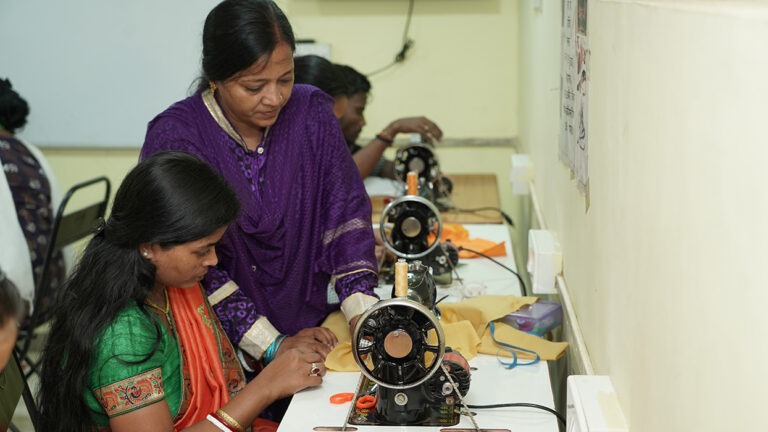2 December, 2024
10 Comments
1 category
1. Health Education and Awareness
- Health Camps and Screenings: Organizing free health camps where people in rural areas can access basic medical check-ups, screenings for diseases (like diabetes, hypertension, and tuberculosis), and receive consultations.
- Health Literacy: Conducting workshops and awareness campaigns on preventive healthcare, sanitation, nutrition, maternal and child health, and the importance of regular health check-ups. These initiatives could focus on educating the community about common diseases, hygiene practices, vaccinations, and healthy lifestyles.
- Workshops for Women and Children: Special emphasis on educating women and children on reproductive health, menstrual hygiene, childhood nutrition, and family planning.
2. Maternal and Child Health Programs
- Safe Motherhood Initiatives: Offering prenatal and postnatal care, guidance on childbirth, and ensuring access to safe delivery services in rural areas. This could involve training midwives and local healthcare workers to provide support to expecting mothers.
- Child Health and Vaccination: Ensuring children are vaccinated against preventable diseases such as polio, measles, and tuberculosis. Providing education on early childhood development, immunization schedules, and proper nutrition.
- Nutrition Programs: Teaching rural communities about the importance of proper nutrition for mothers and children, and working to reduce malnutrition through distribution of supplements or providing access to nutritional food.
3. Preventive Healthcare
- Awareness Campaigns on Communicable Diseases: Educating communities on how to prevent diseases like malaria, tuberculosis, cholera, and other infectious diseases, especially during seasonal outbreaks.
- Hygiene and Sanitation Programs: Providing education on the importance of clean drinking water, sanitation, and basic hygiene practices (handwashing, waste disposal, etc.) to prevent the spread of diseases.
- Disease Prevention through Vaccination: Setting up vaccination drives, especially for diseases prevalent in rural or underserved areas. Educating the public on the importance of immunization for children and adults.
4. Health Services Access and Support
- Mobile Health Units: Providing healthcare access through mobile medical units that travel to remote villages, offering consultations, treatment, and referrals to larger health centers when needed. These units could be equipped to handle basic medical emergencies, offer vaccinations, and provide health education.
- Telemedicine: Introducing telemedicine services, especially in very remote areas, where local healthcare infrastructure is limited. This could involve setting up a network of healthcare professionals who can consult remotely via phone or online platforms.
- Referral Services: Creating a network to refer patients to hospitals or specialized healthcare providers for more advanced treatments, surgeries, or diagnostic tests.
5. Training and Capacity Building
- Training Local Health Workers: Training community health workers (CHWs), ASHAs (Accredited Social Health Activists), and other local health volunteers in first aid, basic healthcare, maternal and child care, and health awareness.
- Building Local Health Infrastructure: Setting up or upgrading local health facilities to ensure they are equipped to handle basic healthcare needs, emergency services, and referrals.
- Strengthening Village Health Committees: Forming or supporting local health committees that can oversee health-related activities in their communities, manage health awareness campaigns, and identify health challenges specific to their area.
6. Mental Health and Wellness
- Mental Health Awareness: Offering counseling services, raising awareness about mental health issues (such as depression, anxiety, and stress), and providing support for those suffering from mental health conditions.
- Community Support Systems: Creating peer support groups or helplines to help individuals cope with mental health issues or trauma, particularly in rural areas where stigma can prevent people from seeking help.
7. Focus on Women’s Health
- Reproductive Health Services: Providing access to information and services related to reproductive health, including family planning, contraception, pregnancy care, and post-pregnancy support.
- Menstrual Health and Hygiene: Educating women and girls about menstrual hygiene management and providing access to sanitary products and safe disposal methods.
- Breast Cancer Awareness: Offering awareness campaigns on breast cancer, teaching women how to perform self-exams, and conducting screening programs.
8. Partnerships and Collaborations
- Government Health Schemes: Collaborating with government health schemes like Ayushman Bharat, National Health Mission (NHM), and others to offer health insurance, access to healthcare services, and financial assistance for treatment.
- NGOs and Community Organizations: Partnering with local and international NGOs focused on health to enhance the reach and impact of health initiatives. This could involve resource sharing, training programs, and joint healthcare campaigns.
- Local Healthcare Providers: Collaborating with local doctors, hospitals, and clinics to expand access to medical services and ensure people in rural areas get the care they need.
9. Health Infrastructure Development
- Building or Renovating Health Centers: Establishing or improving primary healthcare centers (PHCs) or sub-centers in rural areas, providing basic medical services and ensuring accessibility for communities.
- Supply of Medicines and Equipment: Ensuring essential medicines, vaccines, and medical supplies are available and distributed to rural clinics and health centers.
Potential Impact
- Improved Health Outcomes: By increasing access to basic healthcare and preventive services, rural populations would likely experience better health outcomes, reduced infant and maternal mortality rates, and decreased disease burden.
- Increased Awareness: With education on health topics like hygiene, vaccination, and nutrition, people would be better equipped to make informed decisions about their health and well-being.
- Stronger Health Infrastructure: Strengthening local healthcare services would ensure that rural communities are less dependent on distant hospitals and clinics, making healthcare more accessible and timely.



zarmef
y5omzw
mj4hnl
epomd8
epomd8
9r9egc
f4oxje
fnam8j
fnam8j
o2be5i